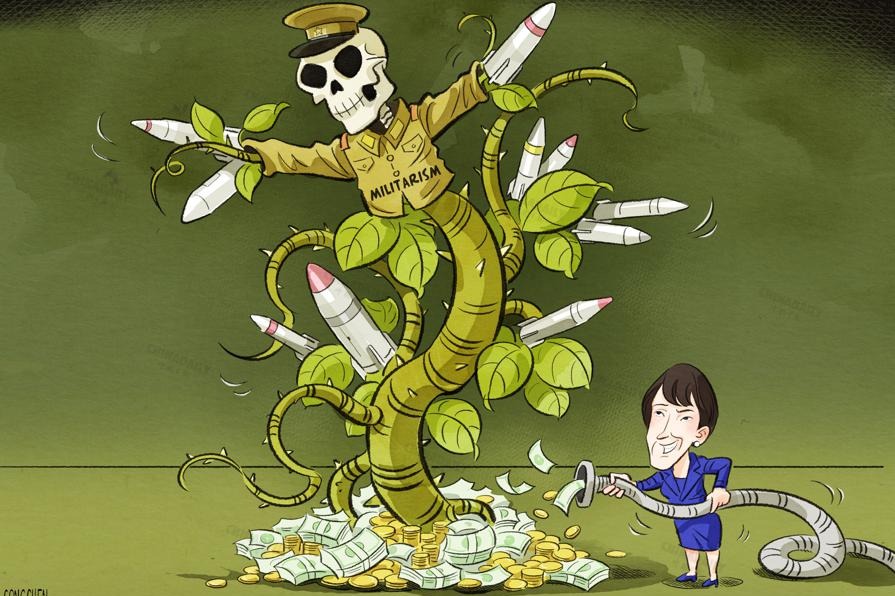Finishing product hopes for new start
By Wang Qian and Yang Jun | China Daily | Updated: 2024-09-02 07:32

The varied and extensive Chinese lacquerware history can be evidenced by some of the earliest examples found at the Jingtoushan site in East China's Zhejiang province.
Dating back more than 5,000 years, the two lacquered items excavated at the site were quite simple in design. It was not until the Warring States Period (475-221 BC) that lacquerware with elaborate decoration requiring labor-intensive manufacturing processes made its first appearance.
"In terms of cultural heritage and uniqueness, traditional raw lacquer craft undoubtedly holds an irreplaceable position. The cultural significance and aesthetic value it carries are beyond the reach of modern chemical materials," Gao Yan says.
He adds that even after industrial means used for mass production, craftsmanship and handmade items still matter, which ties us to the past and inspires our creativity.
"It takes more than 50 steps by hand, spread across five main processes, including lacquer-making, embryo-making and decoration," he says.
While making intricately decorated lacquer artifacts, Gao Yan has applied the ancient art form to daily objects, such as business card cases, teapots, ashtrays and tissue boxes, to let more people appreciate its aesthetic value.
At his workshop, Gao Yan provides hands-on experience to let tourists feel the charm of the folk art.
In 2013, the local culture bureau helped set up a training center of the Dafang lacquer art, inviting the 60-year-old master craftsman Gao Guangyou to teach the ancient lacquerware tradition to hundreds of locals. To further promote the craft, the lacquerware producer in Dafang county has cooperated with Guizhou Normal University to provide courses in the craft on campus.
Even with these efforts to encourage young people to participate in the sector, Gao Yan still worries about the lack of successors, because it takes several years to become a qualified lacquer craftsman, leading to many apprentices quitting halfway.
"The artistic sense of traditional lacquerware is a comprehensive embodiment that integrates materials, craftsmanship, design, culture and the element of time," Gao Yan says. "It is not just a practical item but also an art piece capable of transmitting beauty across time and space."
Luo Siyang contributed to this story.
























